There’s been a massive growth during recent years in the crypto industry and among the most excellent drivers is the GameFi industry. It is a blend of gaming and finance that allows gamers to acquire rewards while they play. The market is expanding steadily, and the current token market cap is about $9.2 billion. Notably, Its network persists in flourishing despite the crypto winter. By 2031, the industry is anticipated to attain a valuation of $74.2 billion.
What is GameFi?
GameFi is a coined word combining “gaming” and “finance.” It combines blockchain technologies such as NFTs, cryptocurrencies, and decentralization with advanced game mechanics. This creates a virtual platform where players can play games, enjoy the gaming experience and earn income.
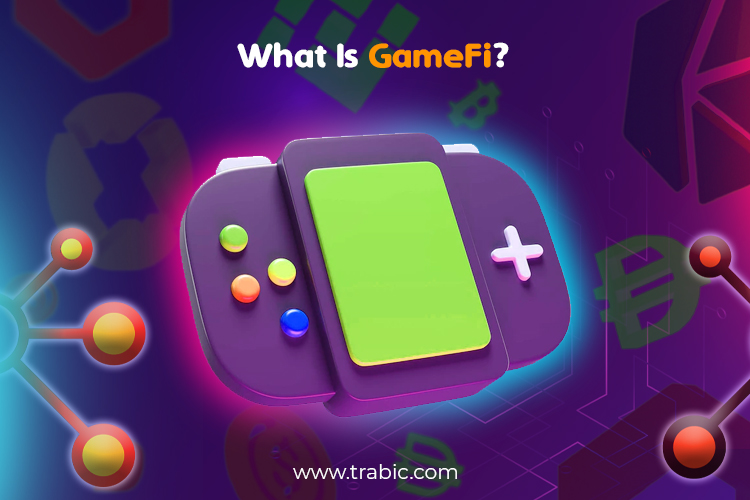
It governs blockchain games where players are financially awarded for the time and energy they put into playing. This model is commonly known as Play-to-Earn. Economic incentives may include avatars, tokens, upgrades, virtual land, etc. Players are typically rewarded for completing game-related tasks such as creating original content, mining resources, progressing through different levels, and battling other gamers. Unlike traditional video games, it allows players to earn and collect assets within the platform and transfer assets between different games and platforms. In doing so, gamers can also monetize their experience by selling or exchanging items. Offers the opportunity to own digital assets that will be part of the transaction.
This is possible thanks to decentralization and NFTs, which bring a new type of digital ownership. Until recently, games took place within siled, centralized ecosystems controlled only by developers. No matter how much time and dedication you put into playing your favorite titles, your precious collection of coins, prizes, avatars, weapons, and other assets is not yours and ultimately has no real-world value. GameFi and Play-Tween paved the way for an economy based on player empowerment by allowing players to own their game items.
How the GameFi network works?
The GameFi ecosystem is established on blockchain technology and employs diverse in-game economic settings to award participants. Rewards are generally in the form of NFTs or non-fungible tokens tradable on influential markets. Items are typically virtual lands, costumes, and weapons that help diversify the user experience. Differences in-game strategy and economic settings make every game to be unique. Among the most prevalent GameFi economic setups is the P2E, or Play-to-Earn (P2E) model. This model is developed to uphold users’ engagement while permitting them to gain rewards. This authorizes players to enjoy the game without spending funds.
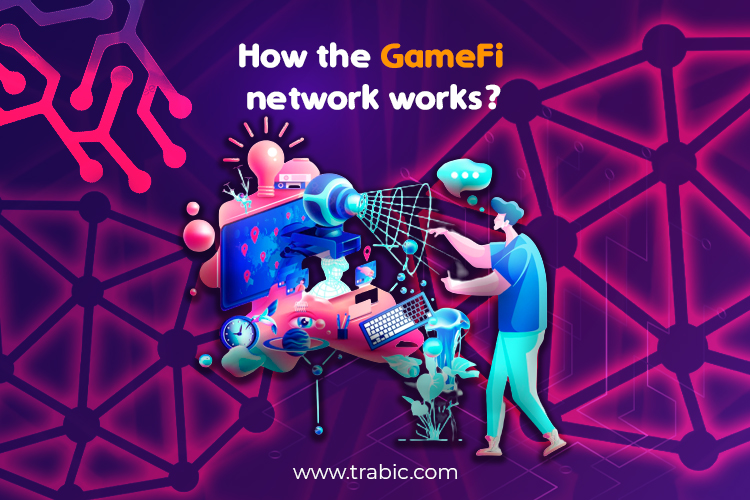
However, progress may need more assets to succeed. As such, gamers may be forced to purchase in-game items to progress to the top tiers with greater rewards. Prevalent blockchain gaming networks employing the P2E GameFi model contain Axie Infinity, Decentraland, The Sandbox, and Gala.
Why is GameFi So Popular?
The GameFi world has fascinated many users globally over the past two years. This is impressive, considering the industry was virtually non-existent before 2015. Today, the industry draws more than 800,000 players daily. Numerous of them are drawn to it due to its medley of benefits. Among them is the comfort of digital trading assets. CoinMarketCap published a market report that recently discovered that approximately 75% of gamers are keen to exchange their in-game assets in exchange for some currency. This benefit is one of the primary reasons GameFi appeals to players.
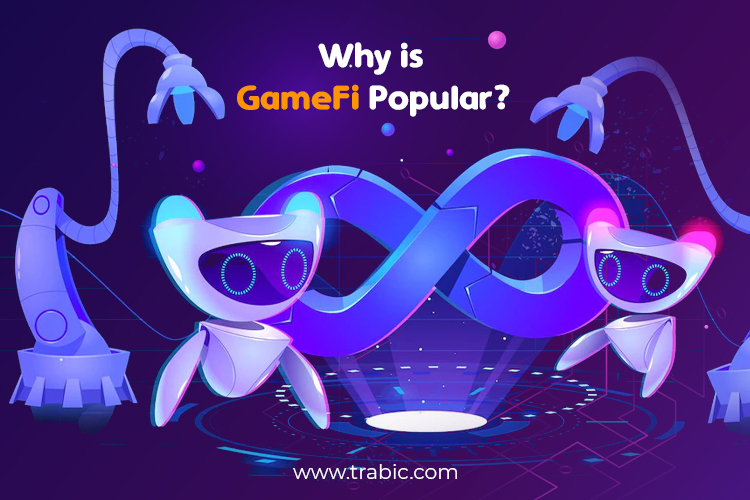
We can also rent out some virtual assets like land to other gamers. Users who like to accumulate passive income can also indulge in liquidity mining without playing games by betting on their assets. This is an excellent incentive for individual investors and those looking to monetize their gaming time. Another benefit numerous GameFi players enjoy is the low transaction costs. GameFi environments typically use cryptocurrencies. This causes transferring funds to be relatively straightforward and inexpensive. This is a huge bonus when compared to traditional money transfer modes, which can be costly, especially when it comes to cross-border payments. 17% of players cite decreased transaction prices as an immediate benefit of GameFi.
How GameFi can help you grow?
The GameFi project relies on cryptocurrencies to settle transactions, contributing significantly to the increasing adoption of digital currencies in recent years. According to a report published by DappRadar, a platform that follows the movement of DApps, or decentralized applications, the amount of unique active wallets (UAW) associated with the blockchain gaming sector will rush in the third quarter of 2021 and account for about 49 % of 1.54 million daily UAW reported during that period. This data proves the disruptive prospect of GameFi. The increasing use of cryptocurrencies in this space has since fueled its use and adoption.
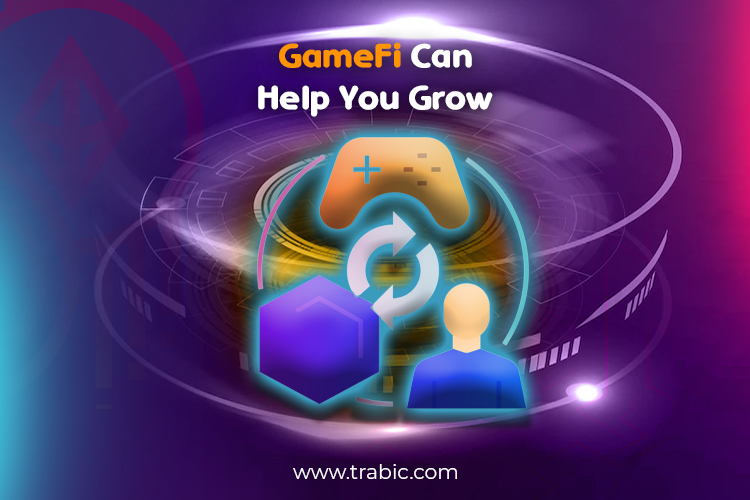
Chainplay is an NFT game aggregation platform that recently released another corresponding research report. It indicated that 75% of GameFi investors joined the cryptocurrency market via involvement with GameFi. This shows GameFi’s support for cryptocurrency adoption. It shows that the impact is increasing. In addition to facilitating the use of cryptocurrencies, GameFi has contributed immensely to the advancement of the NFT industry. GameFi depends heavily on NFTs for in-game assets, which has expanded their use on blockchain. The advancement of the GameFi market in 2021 powerfully overlapped with the NFT boom. GameFi NFT income boosted from a record $5.17 billion in 2021 to $82 million in 2020. This sale helped solidify the growth of the NFT market.
GameFi Attracts More Investors and Gaming Companies
Multiple investors are pouring funds into potential GameFi projects. This development should help the blockchain industry gain greater credibility as a viable investment space in the mainstream market. According to data acquired from Footprint Analytics, a blockchain data analytics company, more significant than a billion has been raised by blockchain gaming companies, making more than $13 so far. More than $3.5 billion was accumulated at the start of 2022. The sector is still in its very early stages, and there is considerable room for improvement, especially regarding innovation.
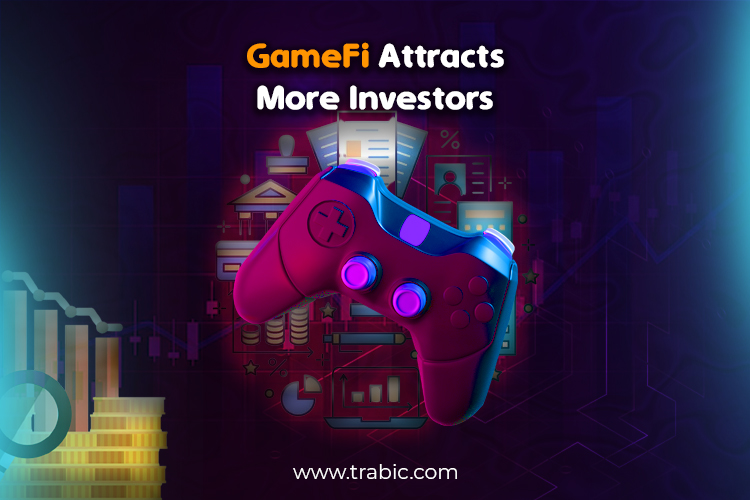
As it stands, significant players, which include mainstream gaming companies, are leaping and holding onto GameFi as the industry progresses. Prominent gaming powerhouses like Ubisoft are already driving to dominate the GameFi frontier. The gaming company announced partnerships with the HBAR Foundation and Hedera to develop Web3 GameFi games for brands earlier this year. The gaming giant is behind the famous Far Cry and Rainbow Six franchises.
Another well-known game developer, Zynga, announced plans to launch its own NFT-based game earlier this year. The mobile gaming giant is committed to building a blockchain team and partnering with seasoned blockchain partners to bring its collection of NFT games to life. Mainstream technology conglomerates such as Chinese multinational tech company Tencent have also started investing in the GameFi sector. The company was recently named a top contributor at Immutable’s $200 million fundraising event. Immutable is the developer of NFT games like Gods Unchained and Guild of Guardians. The entry of such players indicates that they are becoming more competitive for their share of space. This could increase investment in GameFi and encourage innovation in the long term.
Some challenges the GameFi industry is experiencing
The GameFi sector has attracted many players, investors, and gaming companies. However, there are still some key issues to overcome before it can capture a sizeable pie of the gaming industry.
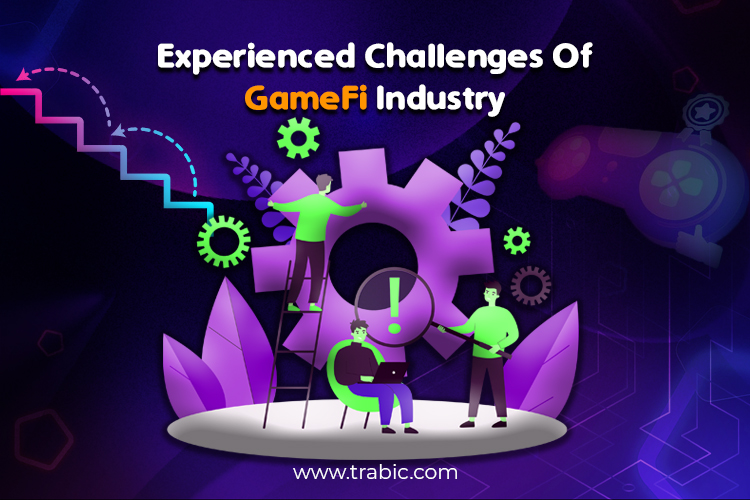
Security issues
The GameFi market has recently faced a severe hack, which could negatively affect users’ sentiments. One of them was the Ronin bridge hacking attack earlier this year. Axie Infinity players lost over $600 million in cryptocurrency as a result. Most recently, a newly released Web3 game called Dragoma suffered a lag pull that compelled users to lose $3.5 million. These are just a few of the GameFi intrusion and fraud losses reported. Incidents like this continue to undermine confidence in the industry.
Poor gaming experience
Additionally, blockchain-based games have playability issues. Players can control and transfer in-game assets, but the graphics, immersion, and gameplay often need to catch up to their mainstream competitors. Many blockchain games lack game mechanics beyond “polishing.” Gamer complaints indicate that the appeal of blockchain-based tokens is only some of it, and players still admire the vivid experiences offered by favored mainstream games over the advantages offered by GameFi.
Unclear regulation
Additionally, many GameFi platforms operate in a regulatory gray area and may face significant headwinds in the years to come. The US Securities and Exchange Commission (SEC) is considering classifying blockchain gaming tokens as securities because of their “expectation of profit.” Organizing them as such would place them under the jurisdiction of the regulatory authority. This requires many GameFi platforms to disclose extensively about their clients and revenue models. Networks that do not meet SEC requirements are typically forced to ban US investors and players from participating in their platforms to avoid fines and sanctions. This could hamper the growth of the sector.
Technical complexity
The latest blockchain ideas generally experience a myriad of teething issues. For example, the decentralized finance sector experienced numerous problems because many users needed help understanding and using the platform. GameFi has had some of these issues as well. For example, buying and selling NFTs is a complex business that remains a significant hurdle for new entrants.
Sector Still Tied To The Broader Crypto Market
GameFi is part of the cryptocurrency industry and is subject to booms and busts in the digital currency market. As a result, the GameFi sector experiences an uptick in activity during uptrends but inverts when there is a downtrend. To sustain attraction in GameFi platforms, developers face the daunting task of designing compelling games to support the ecosystem weather market declines. GameFi investors are now focused on improving the gaming experience based on sustainability, a task easier said than done. Developers face myriad challenges, but the future looks bright for blockchain-based games if they succeed in engaging players with top-notch gameplay.
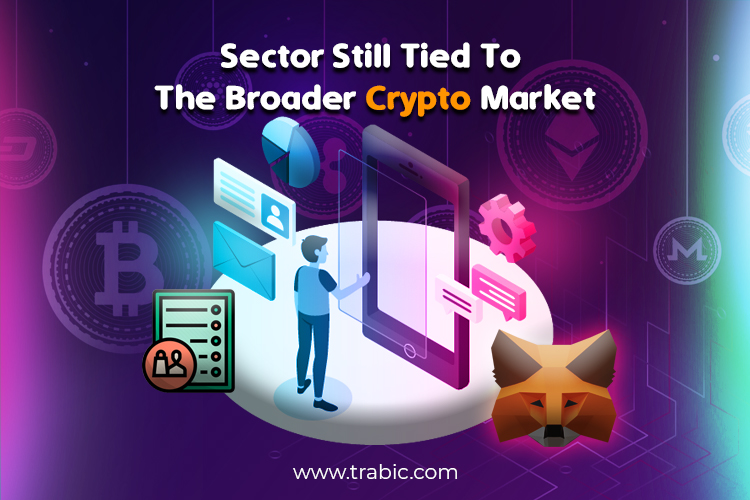
How to start a GameFi game?
As GameFi continues to thrive, hundreds of new titles are coming monthly. You can expect every game to have unique mechanics, requirements, and gameplay. However, getting started with GameFi usually involves following common steps, such as purchasing cryptocurrency and a cryptocurrency wallet to store and manage your in-game assets. Accessing GameFi World demands a compatible cryptocurrency wallet like MetaMask or Trust Wallet. Depending on your game, you may need to utilize various wallets or links to further blockchain networks.
For instance, if you wish to play blockchain games on BNB Smart Chain (formerly Binance Smart Chain), you must first connect MetaMask to the BSC network. You can also utilize any supported crypto wallet like Trust Wallet. You can also link your crypto wallet to the Ethereum blockchain to access most games on the Ethereum network. Even then, some games like Axie Infinity and Gods Unchained build wallets to reduce costs and improve performance.
Axie Infinity was created on Ethereum, but the team designed the Ronin network as a sidechain. It would be ideal to utilize the official Ronin wallet to interact with the Axie Infinity ecosystem. As a sidechain, the Ronin network makes trading and breeding Axies much cheaper, lowering the cost of playing.
Set up your crypto wallet
Before trying your first GameFi game, you may be asked to obtain a crypto wallet such as MetaMask or Trust Wallet. Feel free to check out our latest guide to the top NFT wallets available in 2023. Remember that your wallet must be backed by the blockchain the game is running on, such as Ethereum or Binance Smart Chain. Some games require the use of multiple wallets and blockchain networks. We recommend checking out the game’s official website to ensure all these details are worked out.
Connect your wallet to the game
Before playing any blockchain game, you must connect your wallet to the game. This is a straightforward procedure, especially when using an intuitive wallet such as MetaMask to help store and manage game tokens and interact with various blockchain applications.
Check game requirements
It is always best to be acquainted with the full particulars of P2E games in order to enhance the profit and make the most of your experience. For example, Axie Infinity asks you to buy 3 Axies before you can start playing. At the same time, other projects may have other prerequisites, such as wallet types they accept or cryptocurrencies we can use on the network.
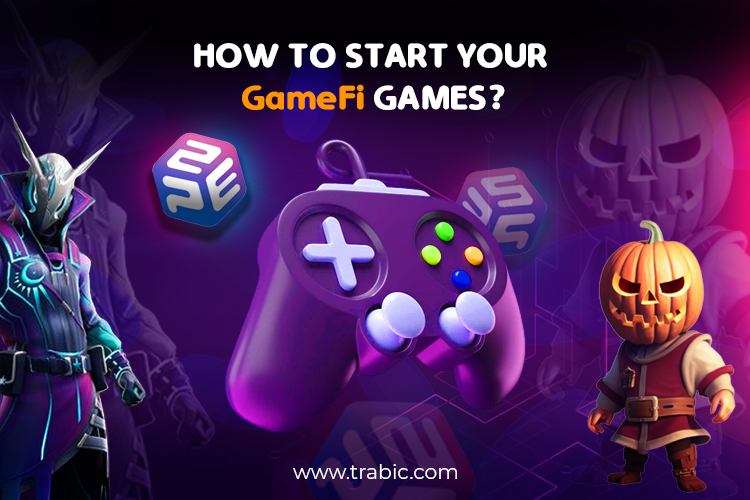
Pingback: